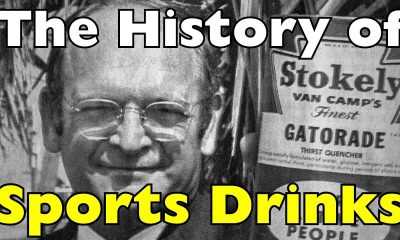NIL
Mets once again considering playing Luisangel Acuna in center field
LOS ANGELES — Luisangel Acuña’s part-time role at second base figures to shrink even further with Ronny Mauricio’s arrival, but there could be another option for him. Manager Carlos Mendoza indicated Tuesday that center field could again be discussed for Acuña, who last month appeared in the first and only game of his career at […]

LOS ANGELES — Luisangel Acuña’s part-time role at second base figures to shrink even further with Ronny Mauricio’s arrival, but there could be another option for him.
Manager Carlos Mendoza indicated Tuesday that center field could again be discussed for Acuña, who last month appeared in the first and only game of his career at the position, entering play.
Jeff McNeil, Mauricio and Acuña are all second base options.
Mauricio started at third base in his season debut on Tuesday.
Much of Acuña’s playing time lately has been as a pinch runner and defensive replacement.
“Outfield is maybe a little bit more in play now, center field,” Mendoza said before the Mets’ 6-5, 10-inning loss to the Dodgers. “This is something we are going to have to continue to work at and try to get him some playing time.”
Acuña entered the day with a .590 OPS and 11 stolen bases.

The Mets optioned Max Kranick to Triple-A Syracuse and left-hander Brandon Waddell was recalled to give the Mets a fresh arm in the bullpen a night after every reliever except Reed Garrett pitched in a 10-inning victory.
Wadell pitched a scoreless seventh inning in the Mets’ loss on Tuesday night.

Kranick, who surrendered a solo homer to Shohei Ohtani in the seventh inning on Monday, has pitched to a 3.51 ERA in 22 appearances for the Mets this season.
“[Kranick] has been a huge part of that bullpen and that was part of the message to him,” Mendoza said.
Paul Blackburn, who pitched five shutout innings Monday in his first appearance this season, will likely be available to pitch from the bullpen on Friday in Colorado, according to Mendoza.
But Mendoza wasn’t ruling out the possibility of the right-hander recovering enough to potentially pitch if needed a day earlier in the series finale against the Dodgers.
Blackburn was inserted into the rotation as a sixth starter this week, but Mendoza is returning to a five-man rotation.
In a rehab start for Syracuse, Frankie Montas allowed five earned runs on eight hits and one walk over four innings.
He extended to 61 pitches. It was Montas’ third start overall as he rehabs a lat strain that has kept him sidelined since spring training. Montas’ previous two starts were for Single-A Brooklyn.
Mendoza was asked if the decision by the Knicks to fire coach Tom Thibodeau surprised him.
Mendoza sighed.
“When you’re on this seat, man, anything can happen,” Mendoza said.
In a Southern California rarity, rain canceled batting practice.
The tarp was removed from the field about 90 minutes before the scheduled first pitch.
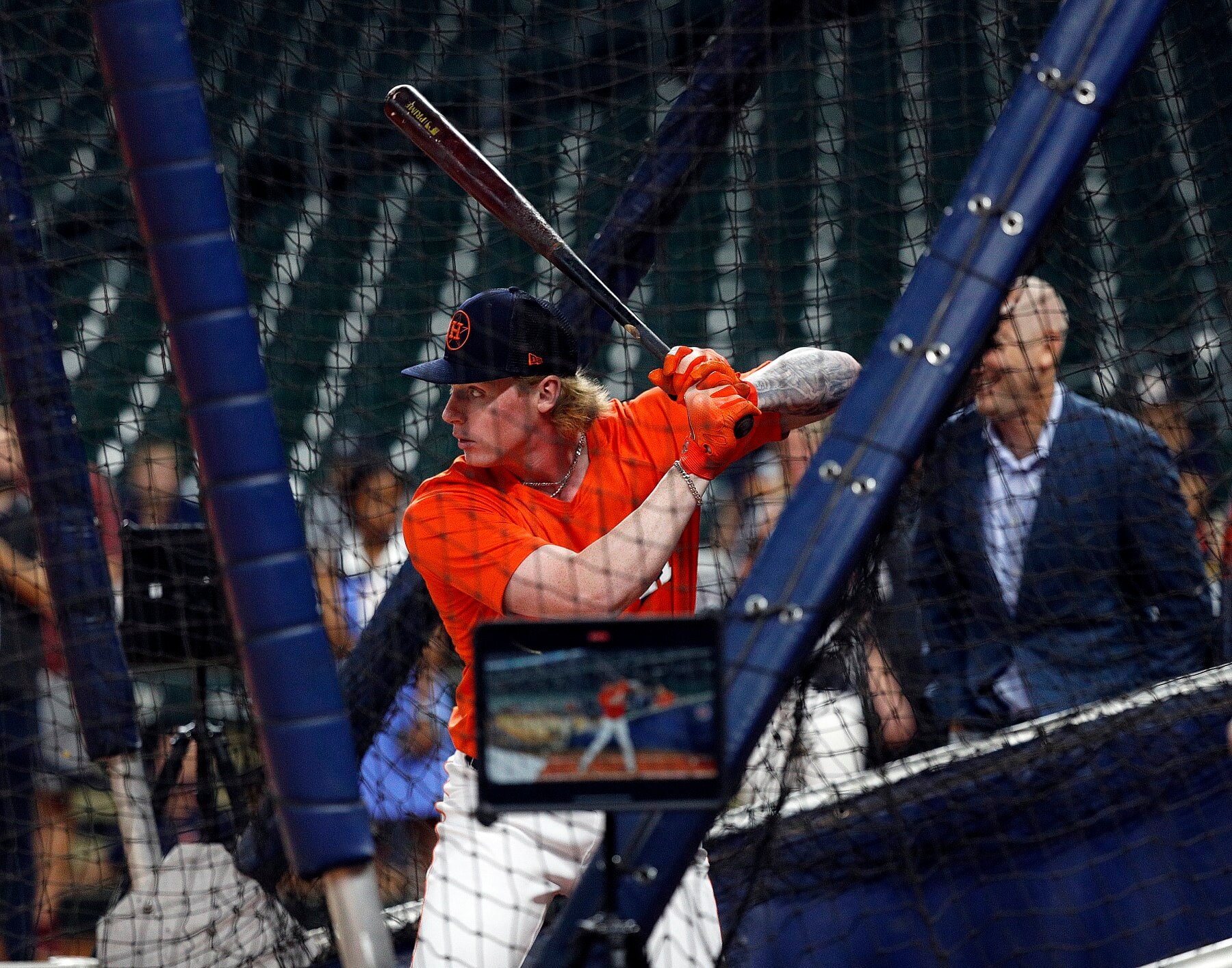
NIL
As two branches of government consider joining the NIL fray, confusion continues in the post-House world
Less than three weeks into the official start of revenue sharing and other House v. NCAA settlement initiatives and there has only been more speculation and questions. Conversations over the future of the sport and NIL have been littered with talks of shady money being thrown around more than ever. The rules are unclear and […]
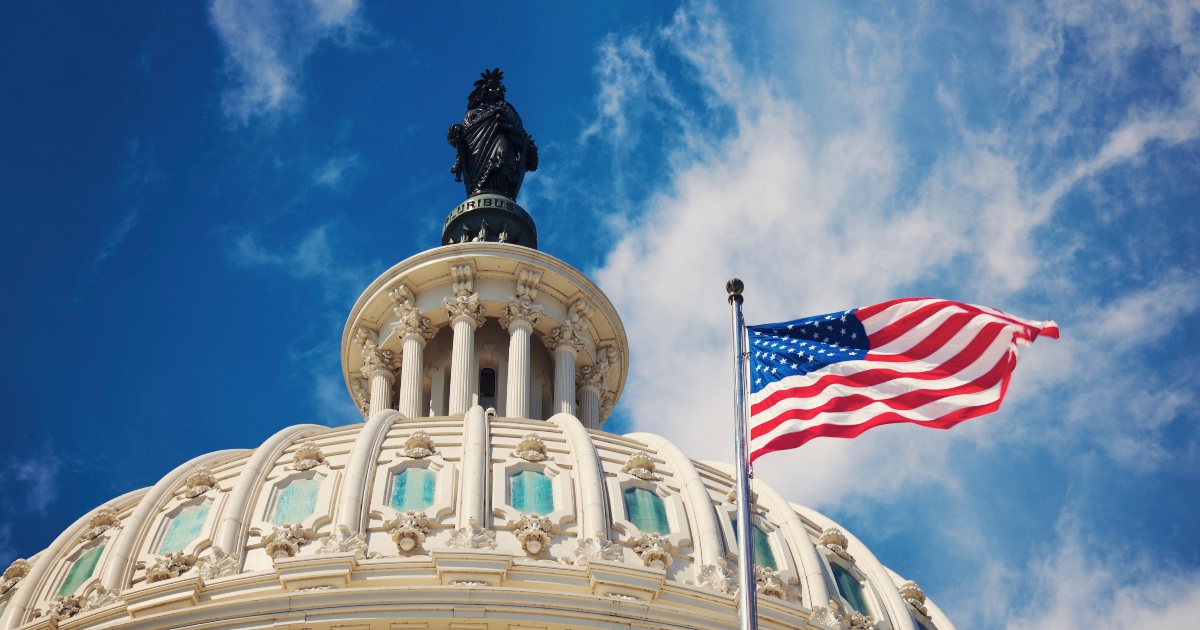
Less than three weeks into the official start of revenue sharing and other House v. NCAA settlement initiatives and there has only been more speculation and questions. Conversations over the future of the sport and NIL have been littered with talks of shady money being thrown around more than ever. The rules are unclear and feature too many workarounds. It appears as if no one fully grasps what is going on, and different actors are trying to maximize what they can do amongst the chaos. While there is so much more to come, here is what we know so far.
[Sign up for Inside Texas for $1 and get PLUS access up to the Ohio State game!]
Schools and those in school ecosystems have been attempting to use a variety of unique workarounds and loopholes to revenue sharing. There is widespread belief that schools are using variations of several tactics. Schools are throwing around “fake money” that they’re not sure they can pay, making offers that would put them way over the revenue sharing cap.
Schools are also still utilizing third-party collectives to pay current players and high school recruits with deals that the NCAA believes are pay-to-play. Collectives are promising NIL deals despite the fact that the NCAA believes those kinds of NIL terms cannot be used as a recruiting inducement and that they don’t serve a necessary “valid business purpose.” Meanwhile, several different state laws allow for high school aged prospects to make money off of NIL in spite of what the NCAA says, and even says the law of the land supersedes the regulations of the NCAA.
RELATED
Schools are also negotiating revenue sharing deals before August 1, the date the NCAA says is the earliest those negotiations can take place. Revenue sharing deals are the result of a term of the House settlement that allows for schools to share up to $20.5 million of revenue with student-athletes.
Beyond this, a select amount of programs had the financial flexibility to anticipate the impacts of revenue sharing and stay ahead of the curve. Collectives that were wealthy and smart enough front-loaded their roster with millions of dollars of third party NIL deals in the spring to pay for this year’s roster. Those schools now now have a massive advantage. By doing this, schools were able to finalize NIL deals with players without having to be processed through NILGo.
And NILGo has created nothing but problems.
NILGo is the Deloitte/College Sports Commission-run clearinghouse that reviews all NIL deals over $600. Over 12,000 athletes and 11,000 school officials have registered. NIL deals must “have valid business purpose,” according to the clearinghouse’s website. NILGo was created by the College Sports Commission as a result of Judge Claudia Wilken’s approval of the House settlement, which refers not to the U.S. House of Representatives but rather Grant House. House was a Division I swimmer at Arizona State University and one of the first athletes to challenge the NCAA’s limits on athlete compensation. His co-plaintiff was former Oregon and TCU basketball player Sedona Prince.
The two newly-created regulatory bodies created by the Power Conferences in the College Sports Commission and NILGo have been extremely slowed down and tied up in legal issues associated with the House settlement. According to Yahoo, the attorneys for House recently sent a letter to the NCAA demanding that they retract the guidance that states third party NIL deals crafted with collectives do not serve a valid business purpose and cannot be approved.
This is the main dispute coming from the CSC and NILGo.
The request to remove the “valid business purpose” language is a telling sign that student-athletes want fewer obstacles toward payments, and also that the NCAA’s efforts to stymie the existence of collectives is an uphill climb. The “valid business purpose” restriction is one that looks like the kind the courts have regularly slapped in litigation involving the NCAA.
One potential obstacle for the student-athletes could be the SCORE Act, which is making its way through the U.S. House of Representatives. The act is seen as a clean-up for college sports in that it provides stability via one system of rules as opposed to varying regulations passed by the different states.
Critics believe that it limits players too much as it restricts their NIL eligibility and provides them with less overall flexibility such as no ability to unionize. However, it is a “student-athlete first” deal in how many protections it provides players such as scholarship and injury protections, healthcare, and agent assistance. It requires schools to offer academic and health support. The SCORE Act also restricts the use of student fees to fund athletics, safeguards smaller athletic programs and Olympic sports, and bans the classification of athletes as employees.
That final piece is significant if you care about college sports remaining unique from professional sports. The act also comes with a great deal of NIL oversight and limited antitrust exemptions for the NCAA. It will also override state NIL law, establishing federal uniformity. That has pros and cons for all parties.
The SCORE Act could be a pivotal shift as it aims to balance order in NIL, athlete protections, and NCAA interests. But it’s still in flux, with big implications for athlete agency, funding models, and the overall economics of collegiate sports. Plus, President Donald Trump is reportedly considering signing an executive order regarding NIL and college sports, which would bring with it a different set of issues.
Texas’ model consolidates brand development, deal execution, and media content under one roof while the Texas One Fund remains a separate entity independent from the university as it tries to craft NIL deals that fit into the limits, if there are any, of the House settlement. Putting brand development on the newly created Longhorn Sports Agency alongside Learfield increases efficiency and control but may consign athletes to a narrower “official” partner pool. Meanwhile, the Texas One Fund allows for Texas to pay its players outside the $20.5 million cap for the entire athletic department via crafting for-profit deals with Austin and Texas based businesses. But as mentioned, collectives and their role are under intense scrutiny.
The early days of revenue-sharing have demonstrated that we are far from stability in college athletics. Legal ambiguity, institutional opportunism, and regulatory delays have created more confusion than clarity. As schools scramble to find advantages within gray areas, it’s clear the landscape is constantly evolving. Even the battlefield where these issues will be decided seems to change from one branch of government to another at a moment’s notice.
[Want to be the most informed Texas Longhorns football fan? Order the 2025 edition of Thinking Texas Football today!]
As the rules get rewritten in real time, schools like Texas are trying to get ahead of the game while some schools are still reacting. As the chaos continues, the need for an enforceable NIL structure has never been more dire. And if not enforceable NIL structure, then something that makes it possible to know what’s legal and what’s not.
NIL
Janelle Green’s NIL Journey Takes Fascinating Flight with C4 Energy – University of Cincinnati Athletics
Cincinnati volleyball redshirt-freshman Janelle Green came a long way from her slight trepidation in posting her first Instagram reel last year. Now, with her second season on the Cincinnati volleyball team less than two months away and days after a whirlwind trip to Austin, Texas as a new C4 energy drink ambassador, that initial shock […]
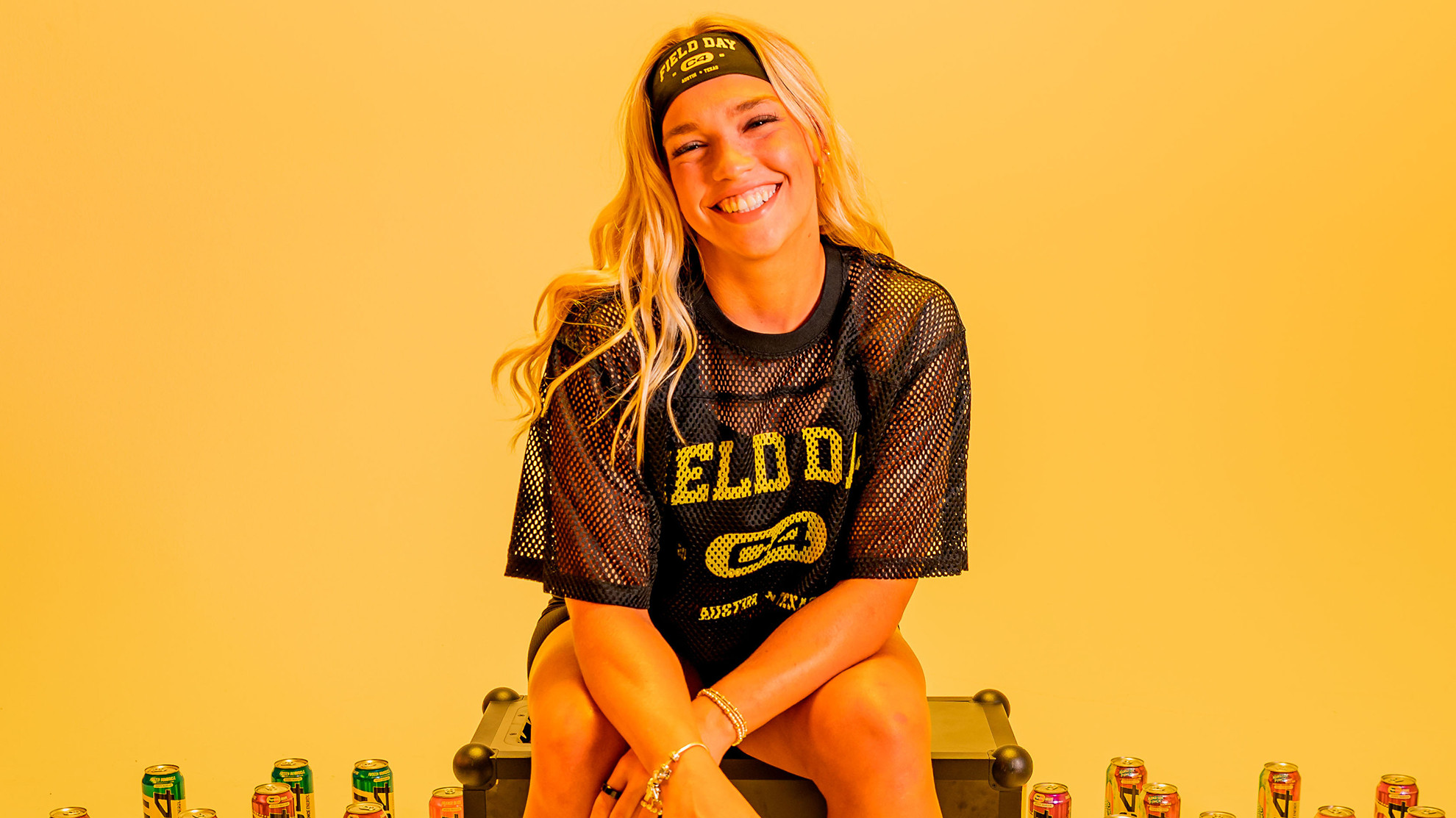
Cincinnati volleyball redshirt-freshman Janelle Green came a long way from her slight trepidation in posting her first Instagram reel last year.
Now, with her second season on the Cincinnati volleyball team less than two months away and days after a whirlwind trip to Austin, Texas as a new C4 energy drink ambassador, that initial shock is long gone.
“I only knew about NIL through my two older brothers who played collegiately, and it blew up right between our careers,” Green said. “It’s more something that I do for fun. I enjoy and it’s opened up a lot of great opportunities, but I wouldn’t use it as a characteristic to define myself. I didn’t know much about it going into college. It didn’t weigh any of my decisions of where I was going or what I wanted to do, because volleyball and school were always my priority.”
Green credits Launchpoint, an app that matches athletes with brand deals through self-created videos, as how the C4 process began.
“I was home in May, and I made a couple of videos with the C4 drinks they sent me for free,” Green said. “I then started pushing more content and taking pictures for them. (Eddie Taylor, Director of NIL & Innovation) was able to put in a good word for me with Launchpoint.
“I didn’t think too much of it, and then all of a sudden, they say ‘hey, do you want to come to Texas? We have a great opportunity.’ I told them ‘absolutely, yes.'”
But here’s the rub: her Kansas City address was registered with them, and she was on her way back to Cincinnati soon after to work out. It turned out to be the best possible lemons-into-lemonade content piece, as her unboxing video instead became her parents doing it for her creating something even more organic and unique.
“It’s really funny and all very authentic,” Green said. “I’m already re-watching it now but it’s literally just my parents, and I like laughing and having fun.”
NIL, as student-athletes from Cincinnati and beyond have realized, is also an incredible tool for relationships beyond campus for professional and social networking. She also earned an invite to C4’s inaugural Field Day in Austin this June, bringing 28 influencers and NIL athletes for a two-day experience designed to showcase the C4 brand, our innovation pipeline and the vibrant culture behind it.
“One of the girls I met lives in Florida and is already planning to come to our road match at UCF,” Green said. “Another couple of people who live in Ohio want to come down one weekend to watch a volleyball game, which I think is super cool. We’ve been checking in to see how our Fourth of July plans went.
There has also been a strong sense of mentorship and teamwork.
“One of the girls is much more of an influencer than me and has that kind of following,” Green said. “We spent what felt like an hour or two talking about how she handles pressure, how did she grow, and what were her thoughts on different things, because I consider myself a baby in those areas. She was very genuine and texted me a week ago to both check in and say she was glad to meet me.”
Cincinnati opens its first season under head coach Danijela Tomic on Friday, Aug. 29 for the Tribute to #10 tournament at Fifth Third Arena, first against Wake Forest followed by Michigan on Sunday.
NIL
President Trump will reportedly sign an executive order to limit NIL money for players
The “Name, Image, and Likeness” (NIL) revolution has reshaped collegiate athletics. Players have more agency than even to earn their market value, make some of the money they generate for sports programs, and ensure their future even in the event of a catastrophic injury, or a failure to be selected in a pro league draft. […]

The “Name, Image, and Likeness” (NIL) revolution has reshaped collegiate athletics. Players have more agency than even to earn their market value, make some of the money they generate for sports programs, and ensure their future even in the event of a catastrophic injury, or a failure to be selected in a pro league draft.
That could potentially change in the near future, courtesy of an executive order filed by President Trump. Front Office Sports reported on Wednesday that Trump is “actively working” on an NIL order, which is expected to either establish NCAA-friendly rules to limit the earning potential of players, or at the least establish a commission to investigate athlete compensation. The end goal in either case would be to support power conference schools in their lobbying goals to limit high-profile players from joining smaller programs due to money.
Advertisement
In addition, legislation would likely put an earning cap on how much players can make through NIL, as well as codify athletes as “non-employees,” something player groups have been pushing for in several states.
This comes following the ruling of House vs. NCAA, a 2020 case settled last year for $2.75B which sought to lift restrictions on revenue sharing from broadcast rights. Congress has been working on its own bill to curb NIL spending, with negotiations ongoing about a proposed cap on NIL payments from schools. It’s unclear what this amount would be, but it’s accepted it would be substantially less that what programs are currently spending.
It comes in the wake of notable collegiate sports figures like Nick Saban decrying the explosion of NIL-based payments, and speaking to the president about his concerns. It should be noted that while Alabama (Saban’s former team) remains a powerhouse in college football, their NIL kitty is substantially lower than a wide array of schools, ranking 12th in future NIL investment, behind the likes of Auburn, LSU, Texas, and Georgia — among others.
The impetus behind legislation appears from the outside like sour grapes. Traditional powerhouses are losing their recruiting edge by not being able to keep up with NIL spending, lessening the amount of high-profile four, and five-star recruits coming to campus. This would fundamentally represent a power shift in football from a talent perspective, with ACC schools Virginia, Florida State, Clemson, Louisville, and North Carolina having much larger NIL commitments than numerous power conference schools.
Advertisement
It’s unclear at this time what a Trump order would look like, though it’s widely accepted it would be fundamentally worse for players and better for institutions when it comes to a revenue share.
Nothing says “free marketplace” quite like governmental intervention.
NIL
Janelle Green's NIL Journey Takes Fascinating Flight with C4 Energy
Cincinnati volleyball redshirt-freshman Janelle Green came a long way from her slight trepidation in posting her first Instagram reel last year. Now, with her second season on the Cincinnati volleyball team less than two months away and days after a whirlwind trip to Austin, Texas as a new C4 energy drink ambassador, that initial shock […]
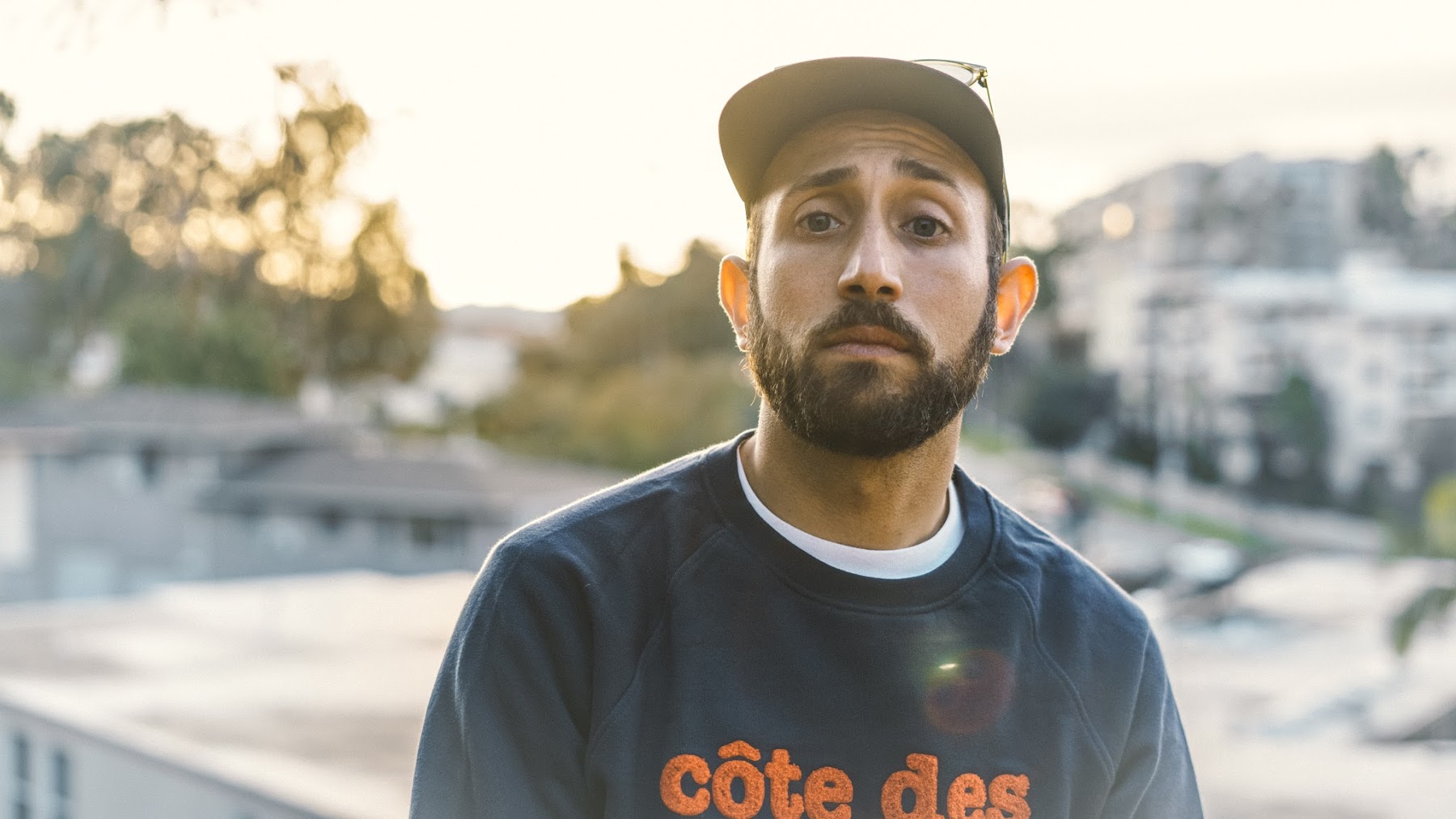
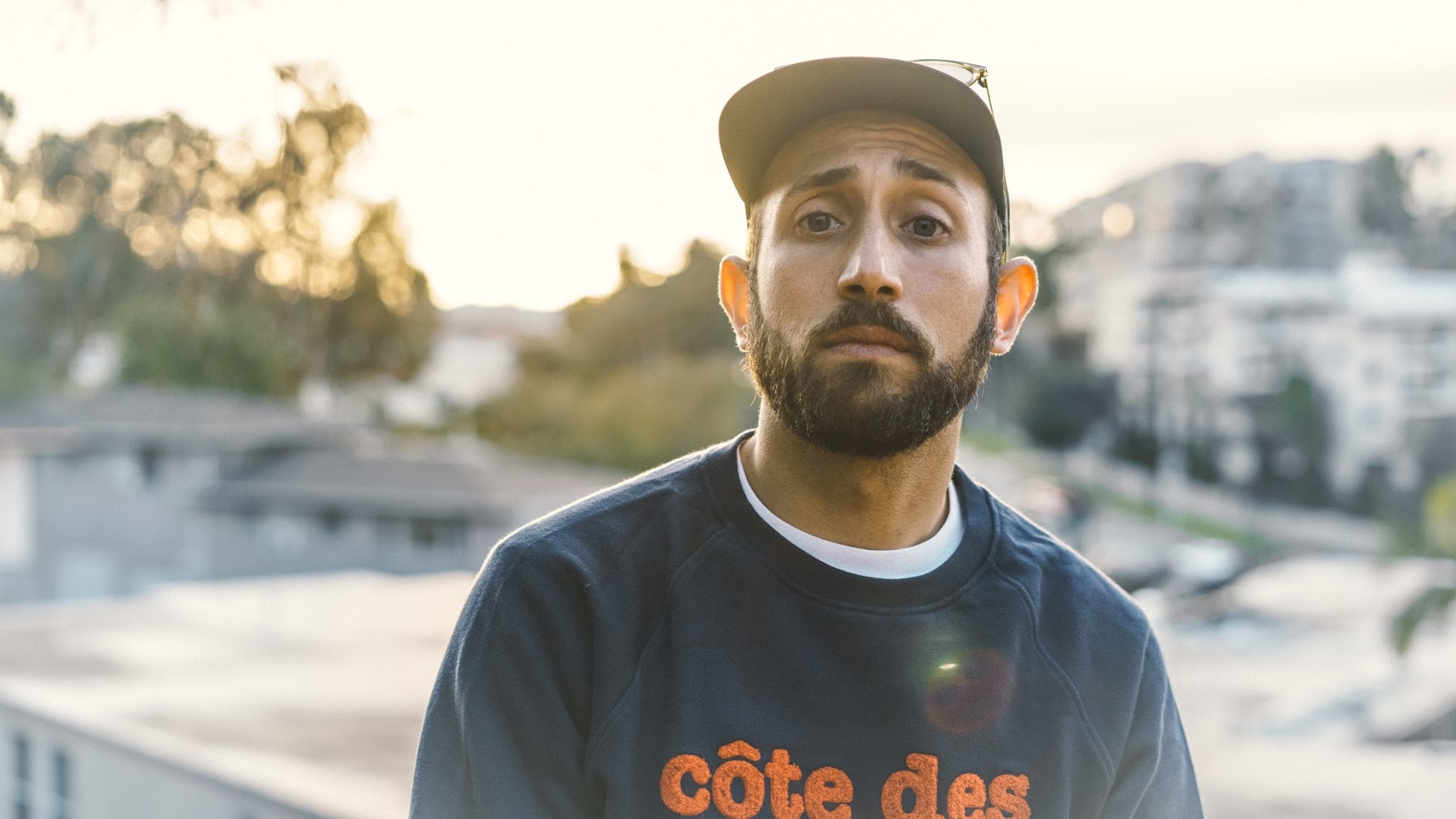
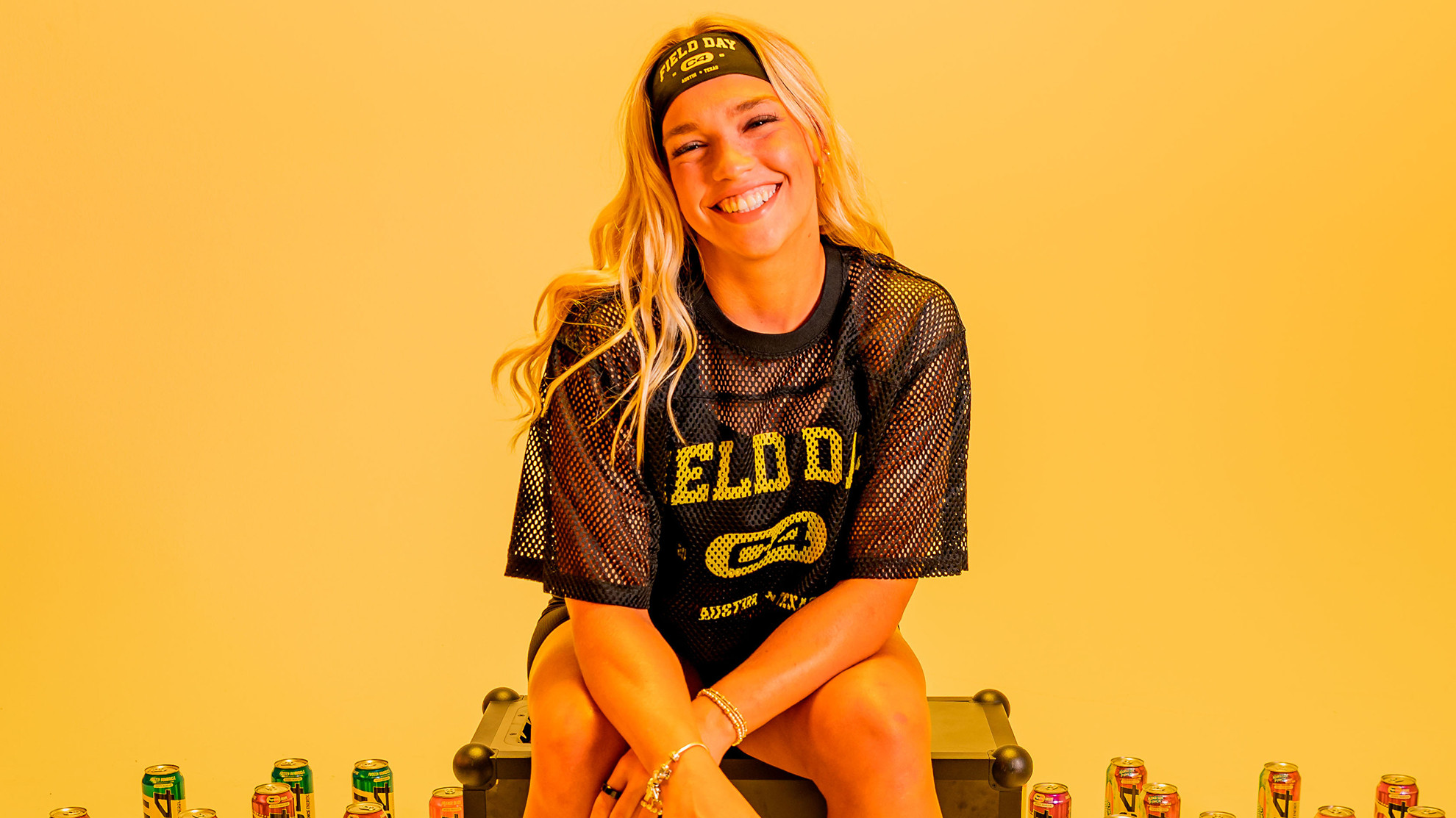
Cincinnati volleyball redshirt-freshman Janelle Green came a long way from her slight trepidation in posting her first Instagram reel last year.
Now, with her second season on the Cincinnati volleyball team less than two months away and days after a whirlwind trip to Austin, Texas as a new C4 energy drink ambassador, that initial shock is long gone.
“I only knew about NIL through my two older brothers who played collegiately, and it blew up right between our careers,” Green said. “It’s more something that I do for fun. I enjoy and it’s opened up a lot of great opportunities, but I wouldn’t use it as a characteristic to define myself. I didn’t know much about it going into college. It didn’t weigh any of my decisions of where I was going or what I wanted to do, because volleyball and school were always my priority.”
Green credits Launchpoint, an app that matches athletes with brand deals through self-created videos, as how the C4 process began.
“I was home in May, and I made a couple of videos with the C4 drinks they sent me for free,” Green said. “I then started pushing more content and taking pictures for them. (Eddie Taylor, Director of NIL & Innovation) was able to put in a good word for me with Launchpoint.
“I didn’t think too much of it, and then all of a sudden, they say ‘hey, do you want to come to Texas? We have a great opportunity.’ I told them ‘absolutely, yes.'”
But here’s the rub: her Kansas City address was registered with them, and she was on her way back to Cincinnati soon after to work out. It turned out to be the best possible lemons-into-lemonade content piece, as her unboxing video instead became her parents doing it for her creating something even more organic and unique.
“It’s really funny and all very authentic,” Green said. “I’m already re-watching it now but it’s literally just my parents, and I like laughing and having fun.”
NIL, as student-athletes from Cincinnati and beyond have realized, is also an incredible tool for relationships beyond campus for professional and social networking. She also earned an invite to C4’s inaugural Field Day in Austin this June, bringing 28 influencers and NIL athletes for a two-day experience designed to showcase the C4 brand, our innovation pipeline and the vibrant culture behind it.
“One of the girls I met lives in Florida and is already planning to come to our road match at UCF,” Green said. “Another couple of people who live in Ohio want to come down one weekend to watch a volleyball game, which I think is super cool. We’ve been checking in to see how our Fourth of July plans went.
There has also been a strong sense of mentorship and teamwork.
“One of the girls is much more of an influencer than me and has that kind of following,” Green said. “We spent what felt like an hour or two talking about how she handles pressure, how did she grow, and what were her thoughts on different things, because I consider myself a baby in those areas. She was very genuine and texted me a week ago to both check in and say she was glad to meet me.”
Cincinnati opens its first season under head coach Danijela Tomic on Friday, Aug. 29 for the Tribute to #10 tournament at Fifth Third Arena, first against Wake Forest followed by Michigan on Sunday.
NIL
Inside College Football’s Free-Agency Chaos
As the head of Louisville’s official NIL (name, image, and likeness) collective, Dan Furman has overseen tens of millions of dollars in athlete payments, and he helped redefine how collectives, schools, and players operate in this new era of college athletics. In this episode of Next Up with Adam Breneman, Dan shares how 502Circle started […]
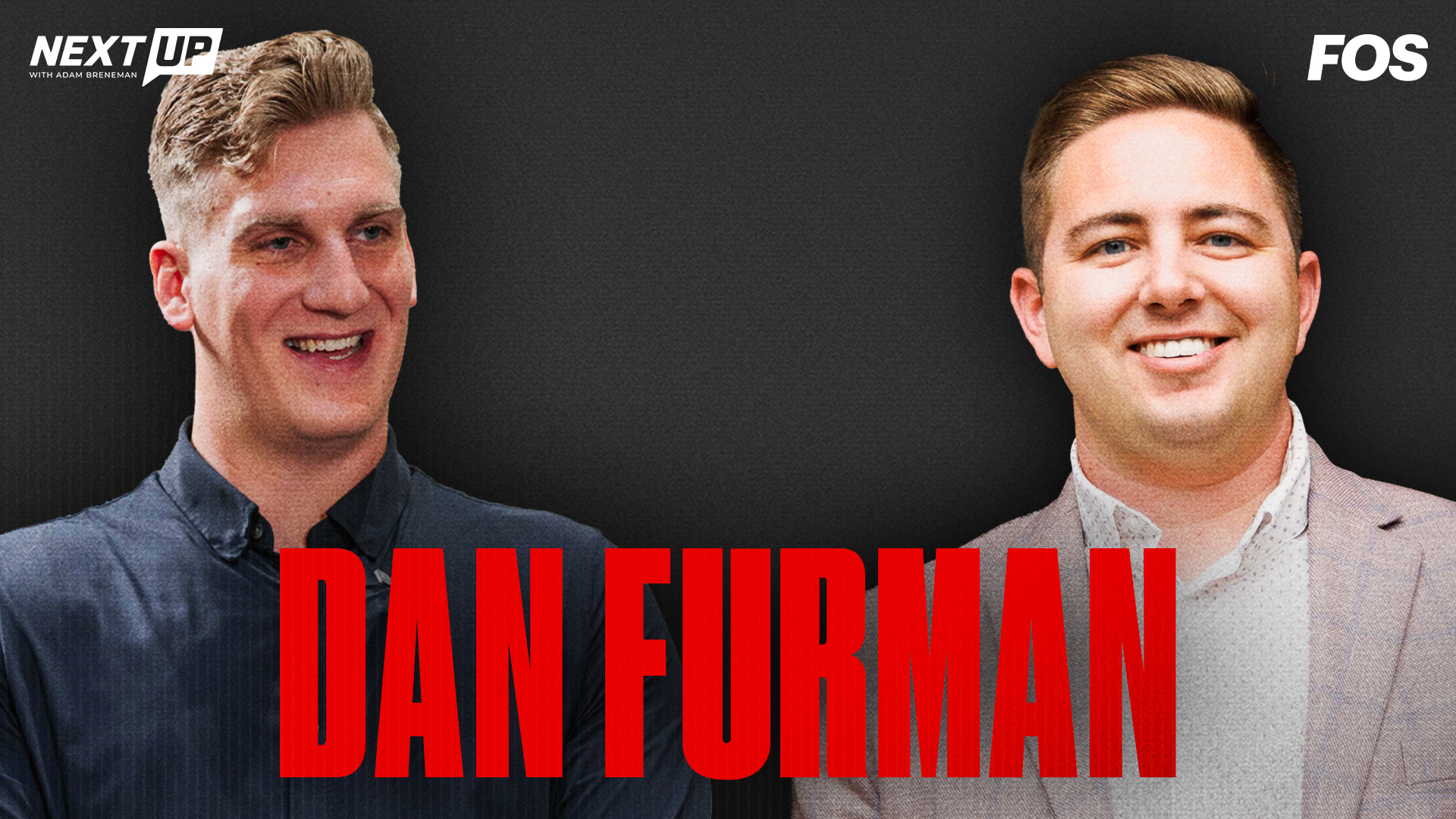
As the head of Louisville’s official NIL (name, image, and likeness) collective, Dan Furman has overseen tens of millions of dollars in athlete payments, and he helped redefine how collectives, schools, and players operate in this new era of college athletics.
In this episode of Next Up with Adam Breneman, Dan shares how 502Circle started with just $12,000 in the bank and scaled into one of the most sophisticated and respected collectives in the country. He opens up about the realities of running seven-figure monthly payrolls, the daily chaos of the transfer portal, and why player negotiations now resemble professional free agency. From in-house battles over donor dollars to dealing with underqualified agents and “runners,” Dan lays out the messy, high-stakes truth behind the NIL headlines.
Adam and Dan also dive deep into the impact of the new revenue-sharing model and how the College Sports Commission is reshaping the rules of engagement, why storytelling and brand-building are now essential tools in recruiting and fundraising, and more.
NIL
House settlement provides level NIL playing field in SEC, Pittman says
Arkansas football coach Sam Pittman says a $2.8 billion antitrust settlement has leveled the playing field in college football. ATLANTA — Sam Pittman says a $2.8 billion antitrust settlement that went into effect this month levels the college football playing field in a good way for his Arkansas team. Pittman said Arkansas now has a chance […]

Arkansas football coach Sam Pittman says a $2.8 billion antitrust settlement has leveled the playing field in college football.
ATLANTA — Sam Pittman says a $2.8 billion antitrust settlement that went into effect this month levels the college football playing field in a good way for his Arkansas team.
Pittman said Arkansas now has a chance to compete on more even terms with other Southeastern Conference powers like Georgia, Alabama and Texas. Pittman said Thursday at SEC media days his program previously dealt with a financial disadvantage against the schools with more established name, image and likeness collectives since NIL payments began in 2022.
According to the terms of the House settlement, each school now can share up to about $20.5 million with their athletes.
“Financially with revenue sharing I think we are finally back on even keel with everybody, which we weren’t,” said Pittman, whose team finished 7-6 in 2024. “If I was going to make an excuse, it would be financially is why we haven’t done quite as well. … But I think now with it being even, look out, the Razorbacks are coming.”
Pittman and most other coaches brought seniors and graduate players to represent their teams at SEC media days, which concluded on Thursday. Pittman brought two 2021 recruits and a transfer, but Arkansas could have difficulty finding seniors next year from his original 2022 signing class because many members of that class have transferred.
Pittman, whose Razorbacks have earned bowl bids in four of his five seasons, said players have different reasons for transferring but many were lured away from Arkansas by more attractive NIL packages at other schools. When asked about the 2022 class, Pittman said, “Here’s what it’s not because of: the way they’re treated, because of the way they’re developed, because of the way they’re taught.”
“That’s not the reason. It could be playing time. It could be finances. Probably the majority of it is finances.”
The House settlement era began on July 1.
The enforcement of the House settlement is still being worked out as the new College Sports Commission has informed athletic directors in letters last week it was rejecting payments to players from collectives created only to pay players instead of as payment for name, likeness and image.
Some seniors at SEC media days said NIL payments and the transfer portal have contributed to their decisions to complete their eligibility instead of leaving school early to pursue opportunities in the NFL.
“I would most definitely say so,” Missouri offensive lineman Connor Tollison said. “Obviously, you know, you have a chance to make some money these days. … With the transfer portal, if you don’t have a necessarily a good opportunity at this place you’re at, you have the chance to go somewhere else and get a fresh start. It wasn’t necessarily something I experienced to my college career, but I’ve seen it. You know, it works for plenty of players. So yeah, I think it’s good for the players.”
When asked if NIL makes it easier for players to complete their eligibility, Kentucky coach Mark Stoops, coming off a 4-8 season, said, “Listen, we all love our players, whether they’re one year in our program, six months, or four years.”
Linebacker Alex Afari, defensive back Jordan Lovett and tight end Josh Kattus were the seniors who accompanied Stoops to Atlanta.
“Of course I love making money from name, image and likeness,” Lovett said. “But I love football first. You know, football was my first love. So I play for the game, not for money.”
Lovett added his primary motivation for returning was to earn his first win over Georgia.
“It’s the big part of college football now because some dudes just make decisions off, you know, the financial stuff,” Lovett said. “I love football. … I still haven’t, you know, beat Georgia yet. You know, Georgia’s one of my goals.”
Copyright 2025 Associated Press. All rights reserved. This material may not be published, broadcast, rewritten, or redistributed.
-

 Motorsports2 weeks ago
Motorsports2 weeks agoWhy Cosmetics are Making Up for Lost Time in Women’s Sports
-

 Motorsports2 weeks ago
Motorsports2 weeks agoTeam Penske names new leadership
-

 Youtube2 weeks ago
Youtube2 weeks ago🚨 BREAKING: NBA MVP Shai Gilgeous-Alexander signs the RICHEST annual salary in league history
-

 Sports1 week ago
Sports1 week agoNew 'Bosch' spin
-

 Sports1 day ago
Sports1 day agoVolleyball Releases 2025 Schedule – Niagara University Athletics
-

 College Sports2 weeks ago
College Sports2 weeks agoMSU Hockey News – The Only Colors
-

 Sports2 weeks ago
Sports2 weeks agoE.l.f Cosmetics Builds Sports Marketing Game Plan Toward Bigger Goals
-

 College Sports5 days ago
College Sports5 days agoBuford DB Tyriq Green Commits to Georgia
-

 Fashion3 weeks ago
Fashion3 weeks agoUSA vs. Ireland FREE LIVE STREAM (6/29/25)
-
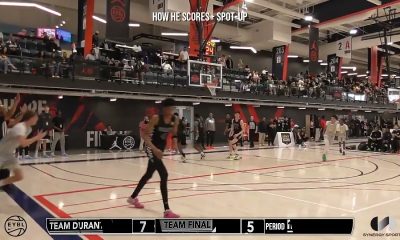
 College Sports3 weeks ago
College Sports3 weeks agoIU basketball recruiting
















